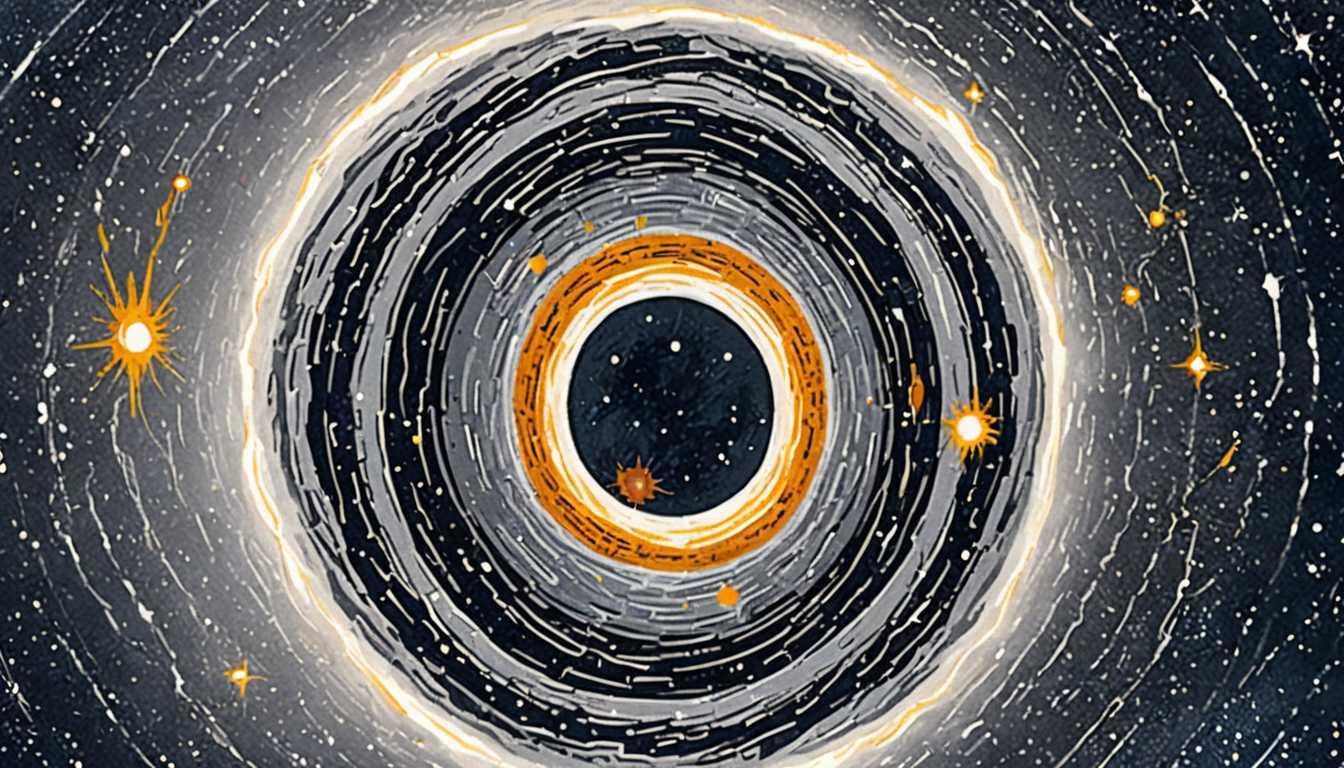Forests Measured Fast: Phone Magic!
March 2023
University of Cambridge
Introduction
Imagine measuring trees with your phone and getting results in a snap—that's what University of Cambridge researchers have achieved! They've developed a nifty algorithm that uses your phone's LiDAR sensor to accurately measure tree diameters, crucial for assessing forest health and carbon capture. This method is not only as precise as traditional ones but also way faster, making forest monitoring a breeze. Dive into their findings and see how technology is greening our understanding of forests, all in the journal Remote Sensing.
READ FULL ARTICLEWhy It Matters
Discover how this topic shapes your world and future
Branching Out into the Future of Forests
Imagine a world where we can understand the health of our planet's lungs—the forests—in just a click! That's not a far-off dream anymore, thanks to some smart minds at the University of Cambridge. They've developed a way to measure the size of trees using something you might carry around in your pocket—a smartphone! This is crucial because knowing the size of trees helps scientists figure out how healthy forests are and how much carbon dioxide they're soaking up from the air, fighting climate change. This method is not only quicker but also super accurate, making it a game-changer for environmental conservation. Plus, it's a cool example of how technology can help us protect our planet. So, why should you care? Well, every time you use your phone, you could be reminded that technology has the power to help us solve some of the world’s biggest problems, including keeping our forests green and healthy.
Speak like a Scholar
Algorithm
A set of rules or instructions designed to solve a problem or perform a task. Just like a recipe that tells you step by step how to bake a cake, an algorithm guides computers on how to perform tasks, like measuring tree sizes.
LiDAR (Light Detection and Ranging)
A technology that measures distance by hitting the target with laser light and analyzing the reflected light. It's like using a super-fast stopwatch to measure how long it takes for light to bounce back from a tree.
Carbon sequestration
The process of capturing and storing atmospheric carbon dioxide. It's one of the ways forests help fight climate change, acting like a giant sponge soaking up CO2.
Computer vision
A field of artificial intelligence that trains computers to interpret and understand the visual world. Imagine teaching a computer to recognize your friends in photos; that's computer vision at work.
Dataset
A collection of related sets of information that is composed of separate elements but can be manipulated as a unit by a computer. It's like a digital library where computers can learn new things.
Real-time processing
The ability of a computer system or program to process data immediately as it is inputted, without delay. Think of it as having a conversation with someone without any pauses.
Independent Research Ideas
Exploring the impact of urban green spaces on local climate
Investigate how trees in urban areas contribute to carbon sequestration and temperature regulation, highlighting the importance of green spaces in cities.
The role of smartphone technology in citizen science projects
Dive into how everyday technology can empower individuals to contribute to scientific research, using the tree measurement app as a case study.
Analyzing tree growth patterns in response to climate change
Examine how different tree species are growing in changing climates, using smartphone LiDAR technology to collect data over time.
Developing algorithms for identifying tree species from images
Create a project that focuses on training computer vision algorithms to recognize different tree species, contributing to biodiversity studies.
The ethics of data collection in environmental research
Explore the ethical considerations of using technology for data collection in natural settings, including privacy, consent, and the impact on ecosystems.
Related Articles

Decoding Black Holes: The Spin Secrets
January 2025
U of Cambridge Research

Predicting Heatwaves: A New Era
August 2023
Cornell University

Peat Bogs: Carbon Counting from Space
December 2023
Massachusetts Institute of Technology (MIT)

Self-Driving Cars' Carbon Dilemma
January 2023
Massachusetts Institute of Technology (MIT)

Flood Futures: Climate Action Now
March 2023
University of Bristol